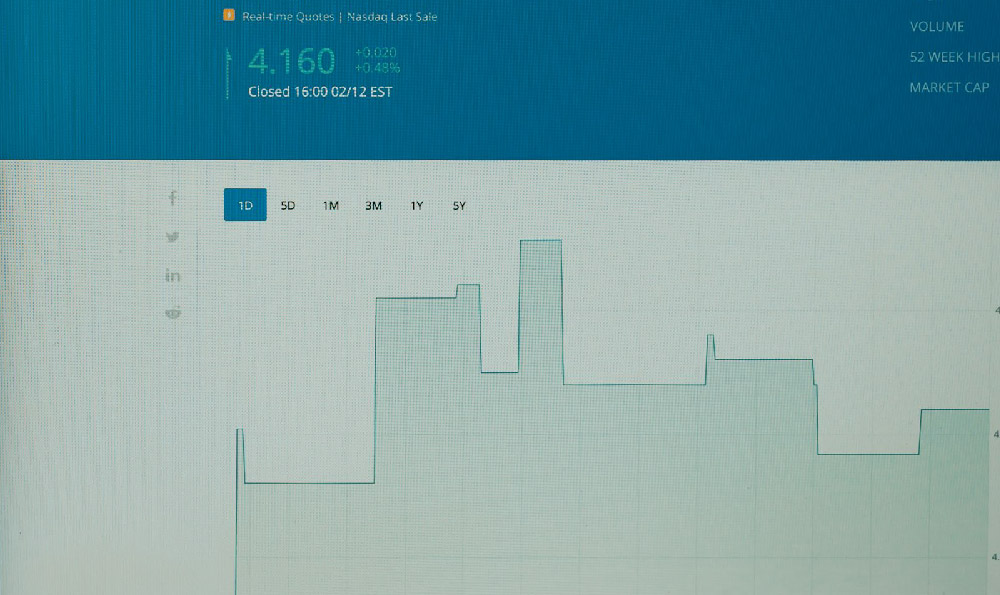How Can I Invest in Treasury Bonds, and Where Should I Start?
Treasury bonds, often considered the bedrock of a diversified portfolio, represent a relatively low-risk investment in the full faith and credit of the U.S. government. They provide a predictable income stream and can serve as a hedge against economic uncertainty. Understanding how to invest in them, and where to begin, is crucial for both novice and seasoned investors looking to bolster their financial strategy.
Before diving into the specifics of acquisition, it’s imperative to grasp the different types of treasury bonds available. Treasury bills (T-bills) are short-term securities maturing in a year or less, sold at a discount to their face value. Treasury notes (T-notes) have maturities ranging from two to ten years, while Treasury bonds (T-bonds) boast the longest maturities, typically 20 or 30 years. There are also Treasury Inflation-Protected Securities (TIPS), which are designed to protect investors from inflation by adjusting their principal value based on changes in the Consumer Price Index (CPI). Understanding the nuances of each type is fundamental to selecting the instrument best aligned with your investment goals and risk tolerance. Shorter-term instruments like T-bills are less sensitive to interest rate fluctuations, making them suitable for risk-averse investors, while longer-term T-bonds offer higher yields but come with greater interest rate risk. TIPS provide a safeguard against inflation, but their returns might be lower than those of conventional T-bonds in periods of low inflation.
The primary avenue for purchasing treasury bonds directly is through TreasuryDirect, a website operated by the U.S. Department of the Treasury. Setting up an account is straightforward, requiring basic personal information and bank account details. This direct purchase eliminates intermediary fees typically associated with brokers or mutual funds, potentially maximizing returns. TreasuryDirect allows you to participate in auctions for newly issued securities. Understanding the auction process is essential. The government announces the details of the upcoming auction, including the maturity date and the offering amount. Investors submit bids, specifying the yield they are willing to accept. The Treasury then accepts bids in ascending order of yield until the entire offering is sold. Non-competitive bids, where investors agree to accept the yield determined by the auction, are also accepted and are often recommended for individual investors who are less familiar with bond market dynamics.

An alternative approach is to invest in treasury bonds through a broker or financial advisor. While this method may involve fees or commissions, it offers the advantage of professional guidance and access to a wider range of bond investment options. Brokers can provide insights into market trends, assist in portfolio construction, and offer convenient trading platforms. Furthermore, they can facilitate access to the secondary market, where previously issued treasury bonds are bought and sold. Trading in the secondary market can present opportunities to acquire bonds with specific maturity dates or yields that are not available through TreasuryDirect auctions. However, it’s crucial to carefully evaluate the fees and commissions charged by brokers to ensure that they do not significantly erode your returns.
Another popular way to invest in treasury bonds is through exchange-traded funds (ETFs) or mutual funds that focus on government bonds. These funds offer diversification, allowing investors to gain exposure to a basket of treasury bonds with varying maturities. This diversification can help mitigate risk and smooth out returns. Bond ETFs trade like stocks on exchanges, providing liquidity and intraday trading opportunities. Mutual funds, on the other hand, are priced at the end of each trading day. When selecting a bond ETF or mutual fund, it’s important to consider the fund's expense ratio, which represents the annual cost of managing the fund, as well as its track record and investment strategy. Lower expense ratios generally translate to higher returns for investors.
Prior to committing capital, conduct thorough research. Evaluate the current interest rate environment, economic outlook, and your own financial goals and risk tolerance. Rising interest rates can negatively impact the value of existing bonds, as newly issued bonds offer higher yields. Conversely, falling interest rates can boost the value of existing bonds. Consider the tax implications of investing in treasury bonds. While the interest income is exempt from state and local taxes, it is subject to federal income tax. If you are investing through a taxable account, be mindful of the tax implications of selling bonds before maturity.
Develop a well-defined investment strategy that aligns with your long-term objectives. Determine the appropriate allocation to treasury bonds within your overall portfolio. Consider factors such as your age, investment time horizon, and risk tolerance. For example, younger investors with longer time horizons may be able to tolerate a higher allocation to riskier assets like stocks, while older investors nearing retirement may prefer a more conservative approach with a larger allocation to bonds. Regularly review and rebalance your portfolio to maintain your desired asset allocation.
Remember that even treasury bonds, while considered relatively safe, are not entirely without risk. Interest rate risk, inflation risk (unless investing in TIPS), and reinvestment risk are all factors to consider. Interest rate risk refers to the possibility that bond values will decline as interest rates rise. Inflation risk is the risk that inflation will erode the purchasing power of your bond income. Reinvestment risk is the risk that you will not be able to reinvest your bond income at the same rate of return when interest rates are lower. By understanding and carefully managing these risks, you can maximize the benefits of investing in treasury bonds while protecting your capital.
In conclusion, investing in treasury bonds can be a valuable component of a well-rounded investment strategy. By understanding the different types of treasury bonds, exploring various avenues for purchase, conducting thorough research, and developing a well-defined investment strategy, you can make informed decisions that align with your financial goals and risk tolerance. Remember to approach bond investing with a long-term perspective and to seek professional guidance when needed.















